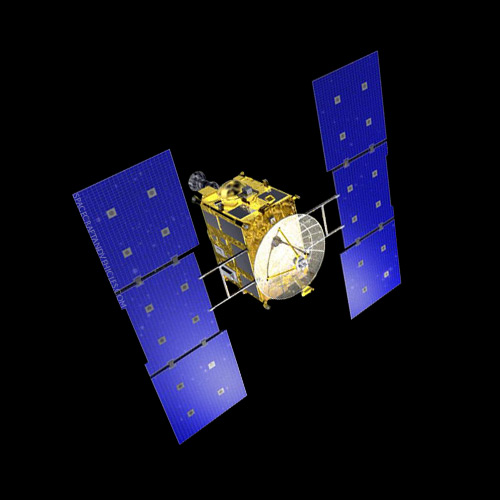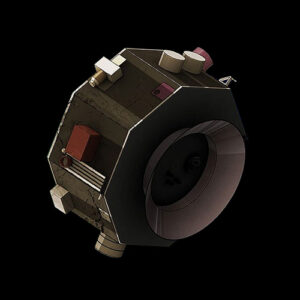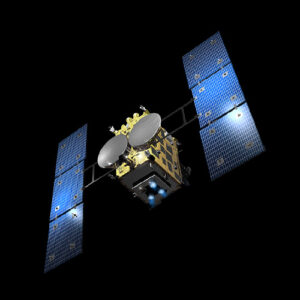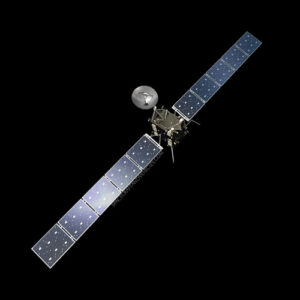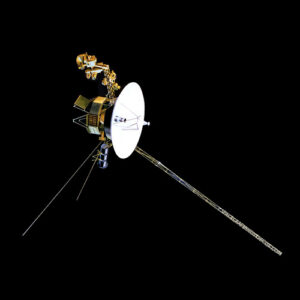The Hayabusa spacecraft, operated by the Japan Aerospace Exploration Agency (JAXA), is renowned for its groundbreaking mission to rendezvous with, study, and return samples from an asteroid. Launched in 2003, Hayabusa achieved significant milestones, including the successful retrieval of asteroid material, making it the first spacecraft to accomplish such a feat.
Design and Construction
Hayabusa featured a compact design optimized for deep space exploration, with solar panels providing power and ion engines for propulsion. The spacecraft’s construction involved lightweight materials to maximize payload capacity and minimize fuel consumption. Unique engineering challenges included navigating in proximity to the asteroid, collecting samples from its surface, and overcoming communication delays inherent in deep space missions.
Mission Objectives
The primary objective of the Hayabusa spacecraft was to study the asteroid Itokawa and return samples to Earth for analysis. Secondary objectives included studying the asteroid’s composition, morphology, and surface properties, providing insights into the formation and evolution of the solar system.
Launch and Deployment
Hayabusa was launched on May 9, 2003, from the Uchinoura Space Center in Japan aboard an M-V rocket. It encountered various technical challenges during its mission, including malfunctioning reaction wheels, fuel leaks, and communication disruptions. Despite these obstacles, Hayabusa successfully rendezvoused with Itokawa, collected samples, and returned to Earth in June 2010.
Technical Specifications
- Dimensions: Approximately 1.6 meters in length, 1.2 meters in width, and 1.0 meter in height
- Weight: Approximately 500 kilograms
- Propulsion: Ion engines powered by solar panels
- Power Source: Solar panels for power generation
- Instruments and Equipment: Sampling mechanism, cameras, spectrometers, and navigation instruments for asteroid study
Current Status
As of 2024, the Hayabusa spacecraft has completed its mission and returned samples from the asteroid Itokawa to Earth. Its success paved the way for subsequent asteroid sample return missions, including Hayabusa2, which expanded upon its achievements by collecting samples from the asteroid Ryugu.
